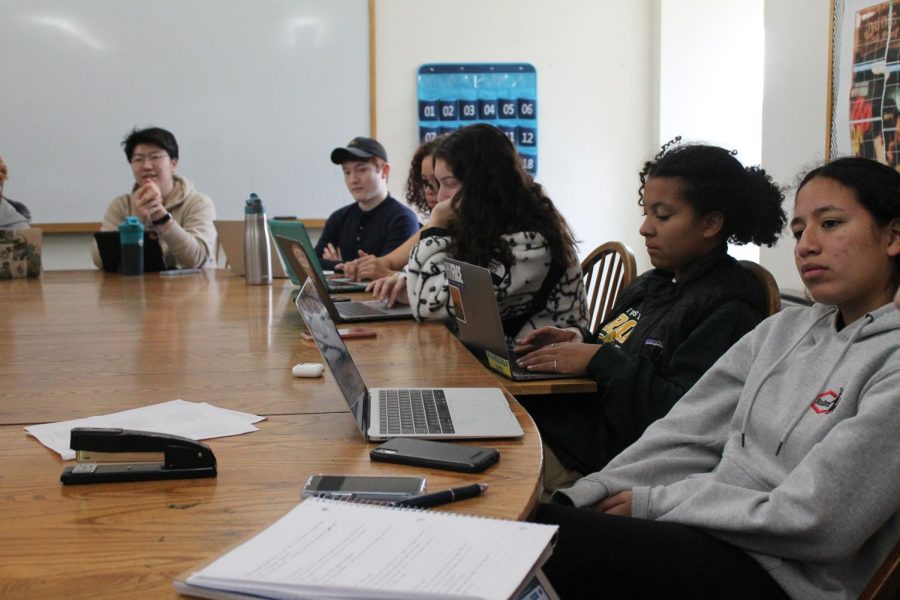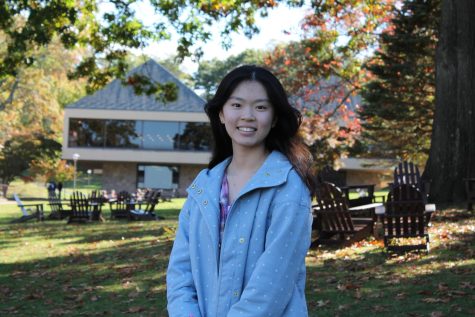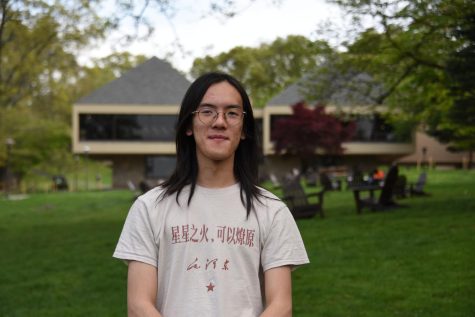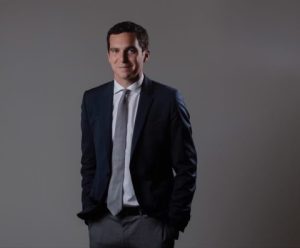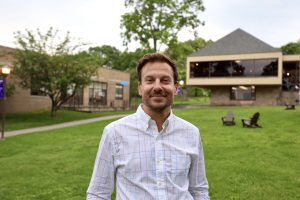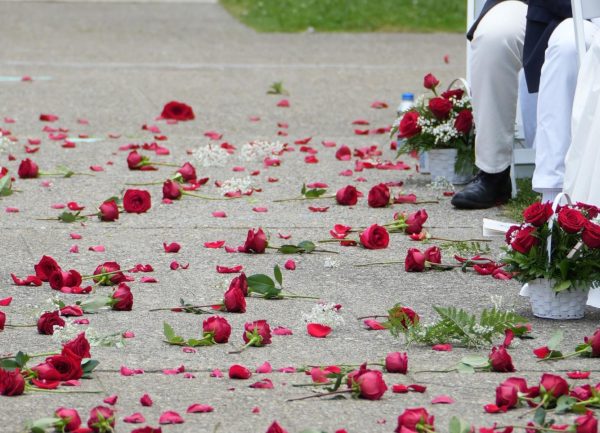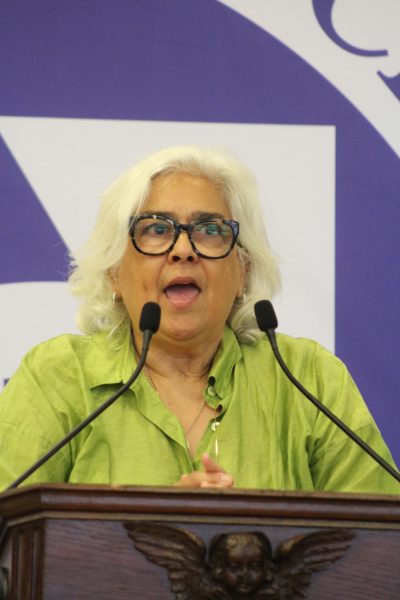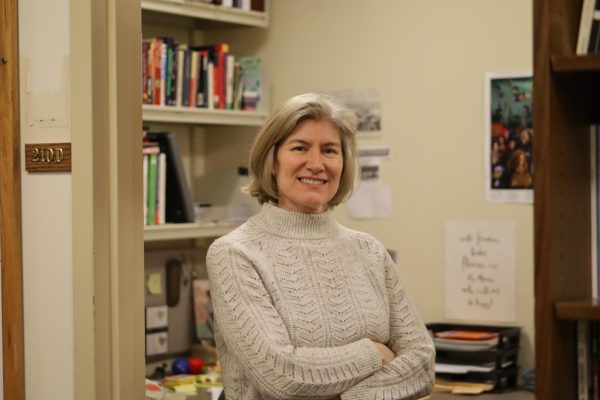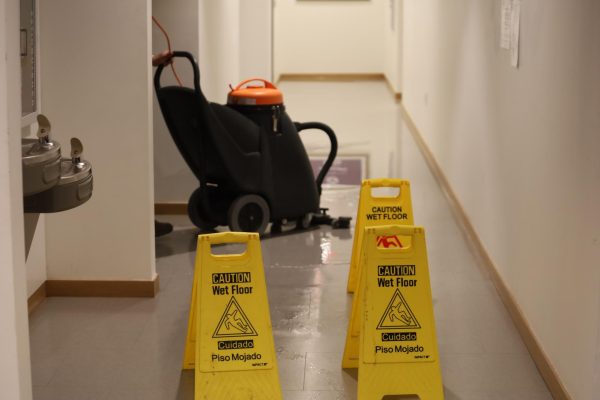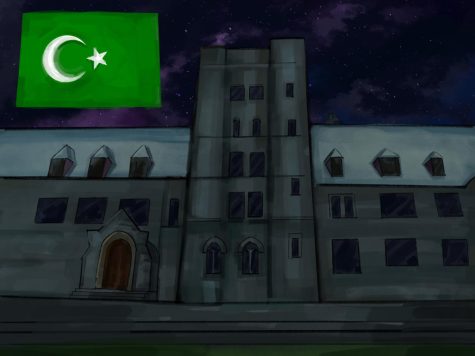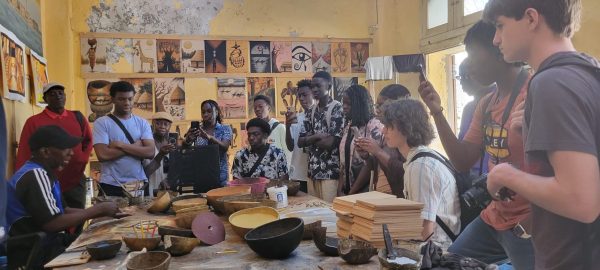Learning losses emerge as Covid recedes: lack of motivation makes back to school difficult
From increased reliance on technology to loss in motivation, the pandemic has had a significant impact on education in the U.S. and worldwide.
November 3, 2022
Zoom, online learning, remote classes: these are all terms which three years ago meant little, but after the pandemic have been added to the vocabulary of every student and teacher. Since its start in January 2020, COVID-19 has had significant impacts on education as students and teachers were forced to adapt to new learning environments and methods.
This year, the Masters campus has finally returned to a sense of normalcy as masks came off and activities were once again in-person. However, this has also sparked conversation around the post-pandemic learning loss and a sense of discomfort as students try to adapt to a speed they had not seen for almost three school years. According to the recent 2022 results of the National Assessment of Educational Progress (NAEP), compared to 2019, assessment scores of students between grades four and eight in all U.S. states either decreased or remained the same. For mathematics, the nation saw the “largest score declines in NAEP mathematics at grades 4 and 8 since initial assessments in 1990.”
Senior Sol Eisenbeis said, “I feel less motivated this year. I think a lot of motivation is inter-connection. Because we were unmotivated for that period of time, it’s hard to get back to the swing of things and reconnect with what used to motivate us.” This lack of motivation was shared by many nationwide, especially during the pandemic. According to a Pew Research Center survey conducted in 2020, 36% of participants felt unmotivated to do their work during the pandemic. For Eisenbeis, and likely many others, this has carried into their school year as courses return to normal.
Upper School English faculty and senior class dean Darren Wood also felt this loss in motivation and long-term focus in students. “Some students, I think, are struggling to sustain attention for longer periods of time,” he said, “and I wonder if that’s a function of having spent a lot of time on devices during the pandemic.” Some students, I think, are struggling to sustain attention for longer periods of time. — Darren Wood
Screen time, especially among adolescents, did soar during the pandemic. According to a study by UC San Francisco, the average recreational screen time among youth rose to 7.7 hours a day during the pandemic compared to the 3.8 hours before.
Though there are still lingering effects of the pandemic which students and teachers alike are feeling, there is also a joy within the Masters community for the reconnection this year has brought. “I remember the first day we returned to campus after the pandemic. It was a very joyful and special moment. Remote classes are fine and solved a problem at the hardest time of the pandemic; but human beings are made to be with other human beings, not to be in confinement,” Spanish teacher Roberto Mercedes said.
Alongside the rediscovered human connection within the community is the return to regular-paced courses. John Boyer, Science department faculty and physics teacher, said, “Classes during Covid were a bit slower than now, especially during the first year. The second year we pretty much got through everything…and now students are learning at a pace that’s comparable to the way they moved three years ago.” For Boyer and the science department, this year has been about putting the pandemic behind and looking toward changes the future may bring. He said, “I would say most of our conversations recently have centered around things that are newer. We talked about the schedule, about whether or not AP classes are going to stay. We talked about DEI and how to incorporate that into our classes.”
Senior Ashleigh Woodruff also felt that the return to normal and fully in-person has allowed her to return to the ease from before the pandemic. “I am a very in-person learner. I learn better when I can do something actively and collaborate. So I would say that in that sense it is easier right now than it was in the pandemic,” she said.
Although Masters is embracing this return to normal and adjusting the curriculum back to its past rigor, an education disparity between schools and across states is leaving many institutions in a more serious struggle against the post-pandemic learning loss. The NAEP results show that, while the reading scores for New York City saw little change since 2019, those in Atlanta, Detroit, Cleveland, and many other cities decreased. This points to a disparity in education which is a result of the inequalities between races, genders, and socioeconomic groups.
This phenomenon can also be seen in the local community. Wood, who is also a member of the Dobbs Ferry School Board, said, “It is something we have talked about in the school board. “I think Dobbs Ferry, like other school districts, has seen different demographic populations within the town and district. Some are further behind than others and learning gaps appear across the population as well.” However, Wood observed, it is also important to recognize the role standardized evaluations play in this phenomenon. “It’s interesting, one of the reasons it’s appearing in public schools is because public schools have standardized ways of measuring student learning. But private schools don’t,” he said.
Though there is no standardized statistic to measure student learning at Masters, some students are struggling to keep up with the renewed academic rigor. This may especially be the case for the Junior class, whose high school experience has been influenced by the pandemic since their ninth-grade year. “It’s definitely been more rigorous this year. And it’s kind of been difficult to catch up to where we should have been without Covid,” junior Mahlet Messay said.
We continue building the sense of community in our Spanish classes in order to be the Power for Good in this challenging world. — Roberto Mercedes
The pandemic has had a significant impact on education in the past years, the effects of which can still be seen in schools across the country and nation today. However, the classrooms’ return to normal this year can be the first step in recovery. Mercedes said he has been enjoying the newfound energy in his classrooms and is looking forward to a better future, “the energy of Spanish classes can be heard when students sing La Llorona, Limon y Sal, Mi Querida España or when students say ¡Animo! We continue building the sense of community in our Spanish classes in order to be the Power for Good in this challenging world.”



